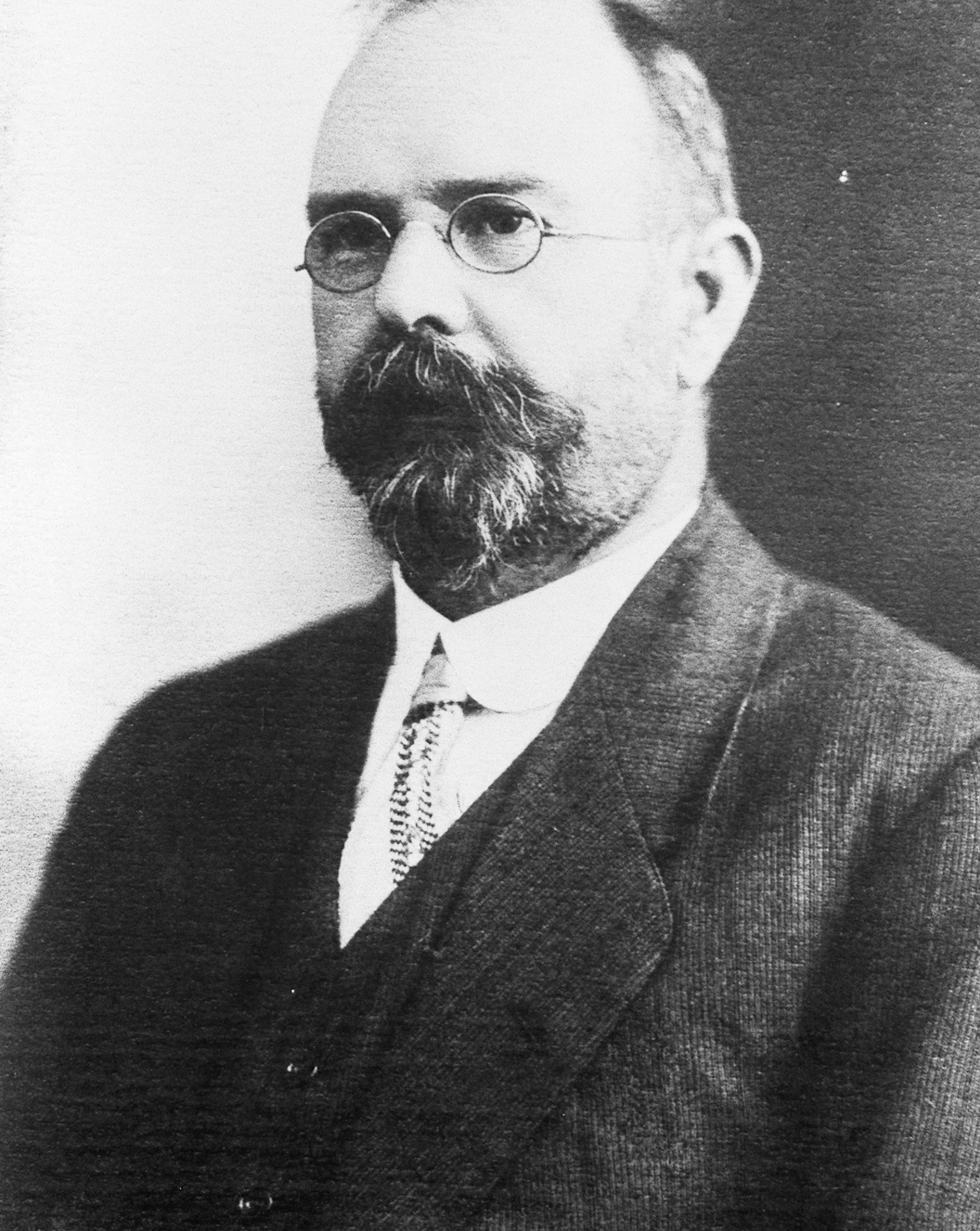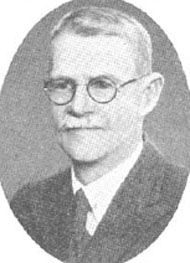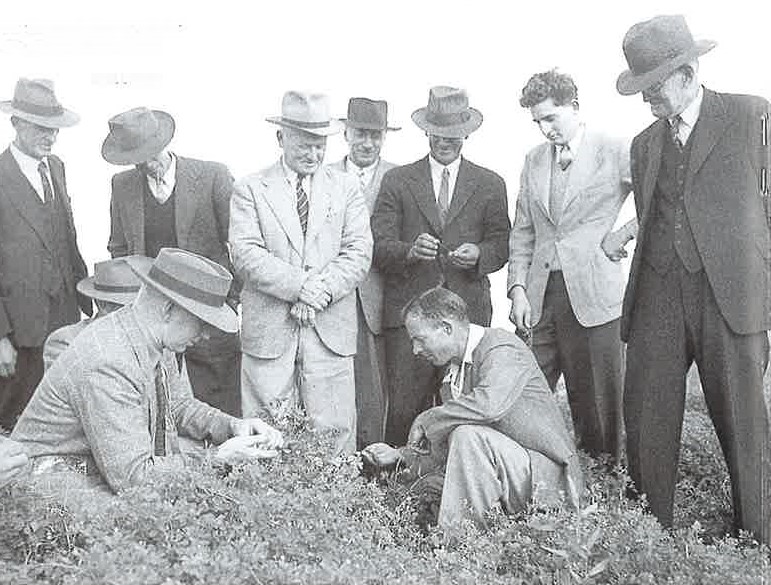
Our history
 When William Farrer revolutionised the Australian Wheat industry, he requested his own experimental farm. As a result, 1000 acres (400 hectares) of the town common at Cowra was excised on April 1, 1903 and the first plots were sown in 1905. These plots would later make up the Cowra Agricultural Research and Advisory Station as we know it today.
When William Farrer revolutionised the Australian Wheat industry, he requested his own experimental farm. As a result, 1000 acres (400 hectares) of the town common at Cowra was excised on April 1, 1903 and the first plots were sown in 1905. These plots would later make up the Cowra Agricultural Research and Advisory Station as we know it today.
Although the Pridham Centre (Farrer Barn) was designed by Farrer, he died before construction began. It was finished in 1906 and Pridham carried on his breeding work.
Much of the early work was focused on variety evaluations and productions of stud seed distribution as well as trials on seeding rates, sowing times, fertilizers, ploughing and harvesting methods. While the farm was being developed, trials were also completed, focusing on fencing methods, economics, pasture varieties, fungicides and grazing.
Orchard and vegetable gardens were established to provide produce for the students and the farm was reasonably self-sufficient with animals and produce used to refine production methods and supply valuable seed stock for locals.
The student quarters were built in 1911 and were occupied until 1978. Many structural problems arose and the top floor was condemned in 1953. The new office building was erected in 1978 with extensions in 1985 and 1998 when it housed the Advisory Staff Group Activities Unit.
Student training occurred from 1911 to 1938 with 1264 students passing through various programs, including Dreadnought boys and the lady farmers post World War 1. The Women’s Land Army occupied the quarters until the end of World War 2.
 Due to continual cultivation for weed control, seed bed preparation and lack of rotations, soil structure and organic matter had declined, so by the mid 1920s the soil was washing and blowing away. Erosion control measures started in 1929, with the first contour banks in Australia.
Due to continual cultivation for weed control, seed bed preparation and lack of rotations, soil structure and organic matter had declined, so by the mid 1920s the soil was washing and blowing away. Erosion control measures started in 1929, with the first contour banks in Australia.
By 1938, 200 acres of the Ag Research Station had been granted to start the Soil Conversion Service where they worked on soil stabilisation, grassed waterways, tree lots and grazing management.
Sheep cross-breeding experiments at the station established that the Merino Cross Border Leicester was the best maternal cross which was then best crossed with a Dorsett Horn to produce and export lamb. These crosses initially started in 1909 and became the mainstay for the prime lamb industry today.
The Cowra Agricultural Research and Advisory Station conducted most of the preliminary objective measurements on sheep and lambs which ultimately lead to the introduction of LAMBPLAN, which now objectively tests the majority of terminal sires in Australia. While this research was progressing, pasture and management systems were also evaluated.
More recently research has been conducted to evaluate meat and carcass quality along with reproductive performance, lamb survival and heat stress. Paddock to plate concepts are continually evaluated including meat cuts and quality.


